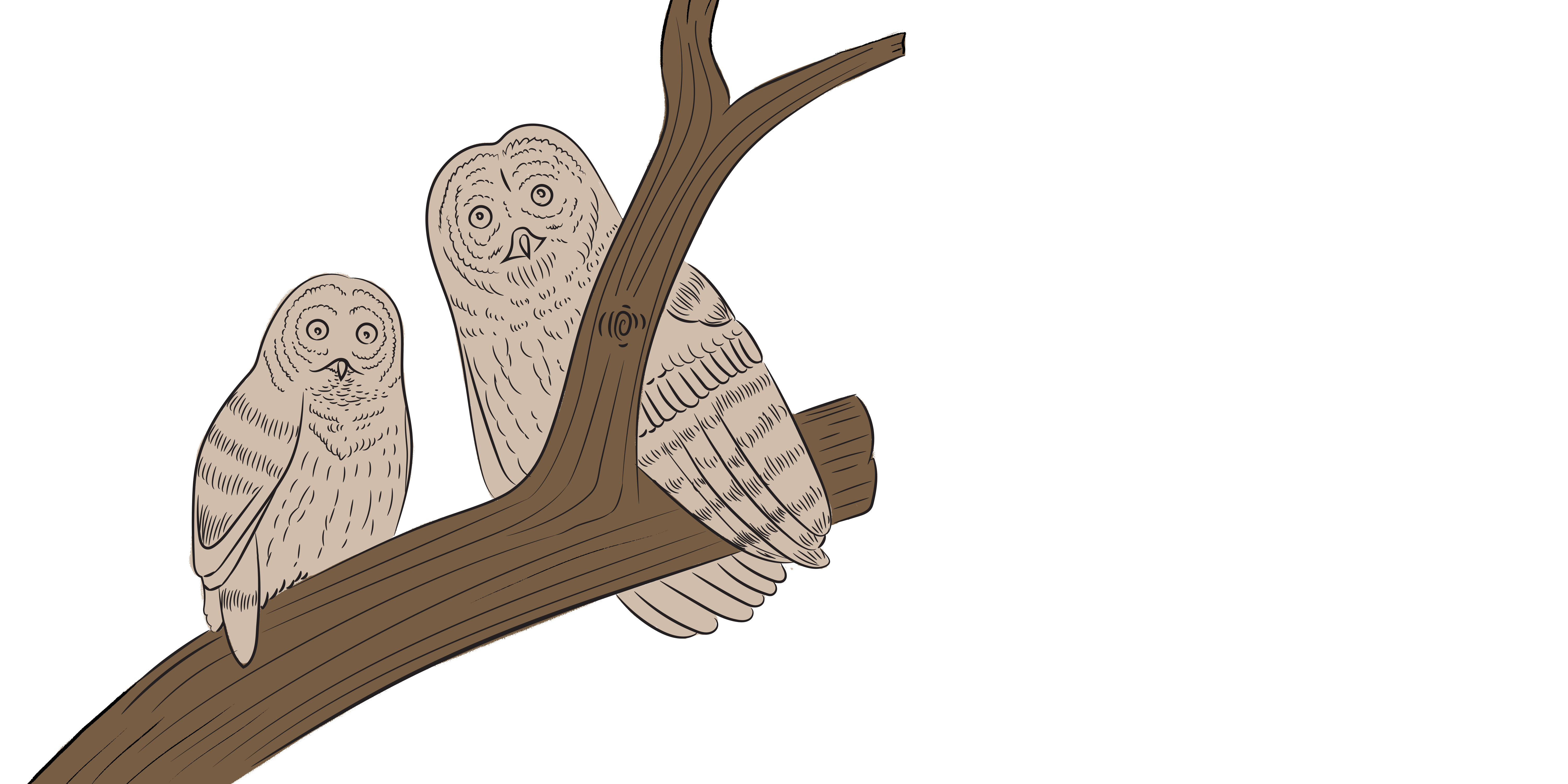
Technical writers as UX advocates – by Shweta Naresh
By Shweta Naresh on Writing docs from December 16, 2020
Technical Writing and UX—two different business functions, as an old school defined them.
While Technical Writing was taught to be the practice of documenting software user manuals or instructional manuals, UX was taught to be the practice of developing interfaces to address user experience. Little did we know that UX and UI are misunderstood to be synonyms of each other, and that UX covers a broader scope for delivering user experience. This paradigm shift has completely brought a change in the roles and responsibilities of several functions. Technical Writing is no excuse! Image source: Computer Vectors by Vecteezy
Image source: Computer Vectors by Vecteezy
Back over a decade ago when I stepped into the world of Technical Writing, technical writers focused on documenting product features. They were mostly involved in the later part of the product development life cycle, and their work mostly involved describing the product features and how one can use those features. It looked like a role confined to just writing and possibly better formatting the information.
Fast forward a few years, and there is so much that has evolved with time—the role, the responsibilities, the involvement, the writing style, and so much more! Though writing continues to be the core, it is now one of many responsibilities for a Technical writer. With this evolved scope, it is worth considering if the evolution has taken place just for Technical writers or has it changed the overall project management processes.
The industry-wide change
For an enterprise, customer satisfaction and customer retention has always been a prime business goal. Every small change in the market brought a change in the business functions, that lead to a change in the business processes, roles, and responsibilities. Software development is no exception to this change with newer technologies, newer processes, and newer tools. However, the key changes came in with the birth of Agile. As per the Wikipedia definition, Agile practices approach discovering requirements and developing solutions through the collaborative effort of self-organizing and cross-functional teams and their customer(s)/end user(s).
Agile focused on bringing a change in peoples’ mindset and on implementing more collaborative work-ways rather than silo-ed functioning.
In addition to agile, enterprises also promote and implement Kanban, a system for managing work as it moves through a process. This approach aims to manage work by balancing demands with available capacity, and by improving the handling of system-level bottlenecks.
The Kanban principle ‘pull rather than push’ adds to the agile principles, and enforces more cohesive work to proactively pick the tasks, and function as a team to deliver positive user experience.
These industry-wide changes have changed the UX definition, and subsequently the work processes, and roles and responsibilities.
What is UX and what are its main pillars?
 Image source
Image sourceUX is an overall experience that a user has with a solution, a product, a website, and so on. It has the ability to build or erode customer loyalty and consequently, the customer base.
UX stands strong on its following seven pillars, with each pillar addressing vivid areas but focusing on a single goal—customer satisfaction and retention!
Useful- A product or a solution is useful when it solves a users pain points.
Usable- A product or a solution is useful when users can complete their desired action without spending much time on figuring out how to use the product or implement the solution.
Findable- A product or a solution satisfies findability when the required information and functionality is easily available. Users do not have to search for a feature from a plethora of features, nor do they have to spend time to find any content.
Credible- A product or a solution is credible when it solves users problems for a long time, and users are able to trust the solution.
Desirable- A product or a solution is desirable when it builds a long-term relationship with the users.
Accessible- A product or a solution is accessible when people with a wide range of ability levels can use and have an equivalent experience, and can access it wherever required.
Valuable- A product or a solution is beneficial for users when it helps users to save their time and energy and at the same time is cost effective.
Delivering true user experience
User experience is not just about usability, but it’s a holistic experience that we deliver to a customer, and is a super-set of several functions that contribute towards that experience.
If we take a deeper look, there is one key factor that binds together several functions, ideas, requirements, and every other thing that is involved as part of the user experience - teamwork and collaboration!
Teamwork and collaboration bridges the gap between expectation and reality, and forms a basis for stepping out of our single roles. A known clip-art of ‘Expectation Vs Reality’ truly depicts how each role thinks differently in silo-ed roles, and the results it has on user experience.
A simple approach to fix the expectation vs reality difference is to step out of our silo-ed roles, and to join hands at every developmental stage—rise as UX Advocates!
Writers as UX advocates
With agile, an entire project life cycle is broken into logical phases and sprints, and the requirements are broken into epics and stories. To adapt to this change, writers can now be involved with the cross-functional teams to actively function during each project phase.
From the initial phase to the delivery phase, a writer can evolve from being a listener to a contributor. As a listener, a writer can gather information and translate it into action items. As a contributor, a writer can contribute to areas like:
Microcopy
Scrum planning
Scoping and estimating
Authoring
Content architecture
Content delivery
Findability
Not just the roles and responsibilities, but the traditional feature-based authoring can be now based on user stories, such that the content addresses a user persona and a goal that a user would achieve. Alongside, the several thousand pages long product documentation that was shipped with the product binaries or was available on the websites as downloadable PDFs, can be now taken to the internet as individual HTML pages. With this change, users can search for answers instead of searching through the table of contents and index pages. The individual HTML pages help to provide concise information, and users can easily navigate to further pages for more information.
The responsibilities can also expand further to provide the required customer support. A writer can work with the support team to provide solution articles for customer cases. To enhance user experience, writers can also participate in gathering analytics and conduct usability surveys. Based on the results, further improvements can be scoped and implemented to provide a holistic user experience.
Wrap up
The evolution truly reflects that even though writing continues to be the core responsibility, it is user experience that we are aimed at. So, writers are no more mere writers; they are UX Advocates!
Google is a best friend that brings in wealth of information and resources. Concepts are definitely a good starting point to know more. However, the key lies in learning, getting inspired, and integrating with the team. Every new area of work has its own challenges and benefits, but practicing better work-ways and analyzing how you can walk hand-in-hand with the teams and map your action items with the product development phases helps to beat the challenges. All in all, identify an area that interests you and keep up the right attitude to put on multiple caps while you continue to embark on the journey of being a UX Advocate!


Writing docs
(253)

General posts useful to all documentarians about writing documentation, editing and publishing workflows, and more.


Feature spotlight
(15)

Your flight plan for how to get the most out of KnowledgeOwl features and integrate them into your workflows.


Announcements
(21)

Major KnowledgeOwl company announcements.


Customer stories
(9)

Learn how others are using KnowledgeOwl & get pro tips on how to make the most of KO!


Company culture
(40)

Find out more about who we are and what we value.


Support
(75)

We believe good support is the foundation of good business. Learn about support tools and methodology.


Tools
(64)

Learn more about tools to solve various documentarian issues, within and beyond KnowledgeOwl.


All
(384)

Not sure what category you need? Browse all the posts on our blog.

Got an idea for a post you'd like to read...or write?
We're always looking for guest bloggers.
Learn moreStart building your knowledge base today
- 30 days free (and easy to extend!)
- No credit card required
- Affordable, transparent pricing
- No cost for readers, only authors
Want to see it in action?
Watch a 5-minute video and schedule time to speak with one of our owls.



